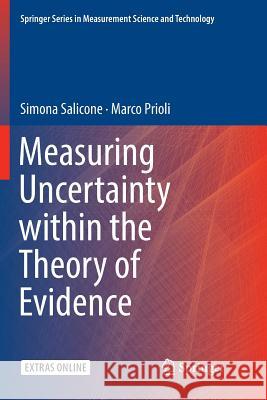Measuring Uncertainty Within the Theory of Evidence » książka
topmenu
Measuring Uncertainty Within the Theory of Evidence
ISBN-13: 9783030089245 / Angielski / Miękka / 2019 / 330 str.
Kategorie:
Kategorie BISAC:
Wydawca:
Springer
Seria wydawnicza:
Język:
Angielski
ISBN-13:
9783030089245
Rok wydania:
2019
Wydanie:
Softcover Repri
Numer serii:
000904330
Ilość stron:
330
Waga:
0.48 kg
Wymiary:
23.39 x 15.6 x 1.83
Oprawa:
Miękka
Wolumenów:
01
Dodatkowe informacje:
Wydanie ilustrowane











